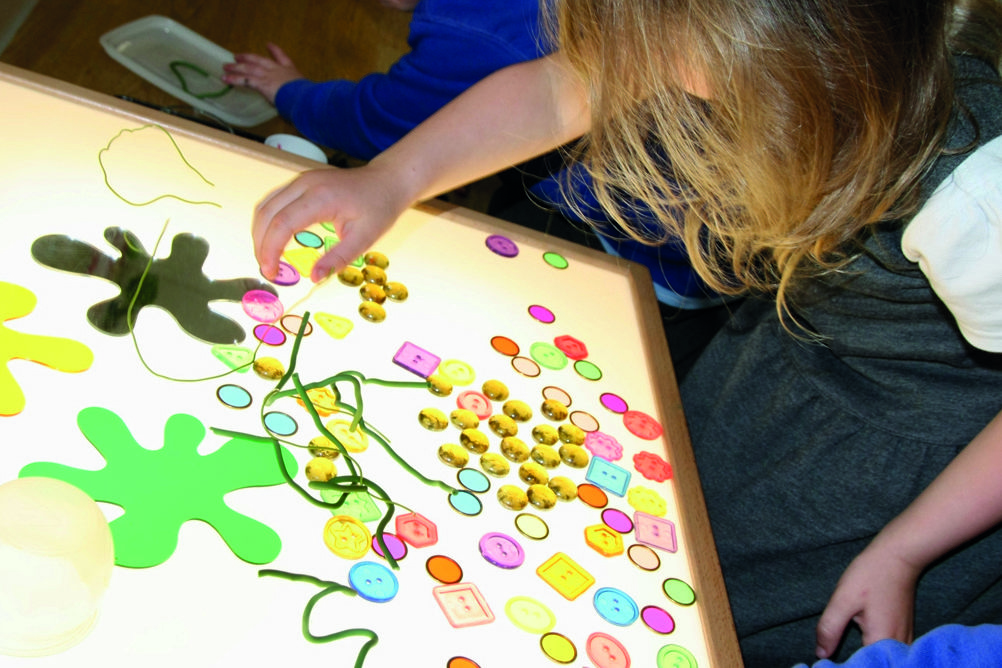
Intelligent materials’ is a term attributed to the pre-schools of Reggio Emilia in Italy, which use natural and recycled materials including fabrics, plastics, paper, clay and objects found in the environment. These materials are open-ended and can be used in a multitude of ways, with the potential to spark children’s creative thinking. For example, clay can be explored with hands, tools, mixed with water and made into many soft and squashy shapes, and then fired so as to become hard and permanent. Loose parts are also examples of intelligent materials because of their flexible and open nature.
Architect Simon Nicholson coined the term ‘loose parts’ in 1971, valuing them because of how they appealed to children’s enquiry. He included natural phenomena, such as gravity, light and magnetism, in this list of ‘variables’, saying ‘in any environment, both the degree of inventiveness and creativity, and the possibility of discovery, are directly proportional to the number and kind of variables in it’.
Register now to continue reading
Thank you for visiting Nursery World and making use of our archive of more than 35,000 expert features, subject guides, case studies and policy updates. Why not register today and enjoy the following great benefits:
What's included
-
Free access to 4 subscriber-only articles per month
-
Unlimited access to news and opinion
-
Email newsletter providing activity ideas, best practice and breaking news
Already have an account? Sign in here









